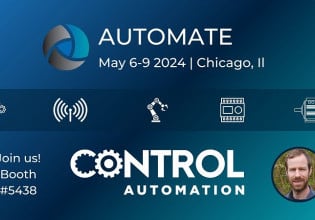D
Can someone assist me as to how many maximum loops can I connect to SLC analog output 4-20 ma channel. I realize the output load is 0-500 ohms. We are driving 4 reliance AC frequency drives in a loop. The drives are for belts on our high speed machine. We do see non linearity of speeds at full 20 ma output. I am wondering if it is loading of the output module?. We are using GV3000 drives.
Thanks in advance for your help.
Thanks in advance for your help.






